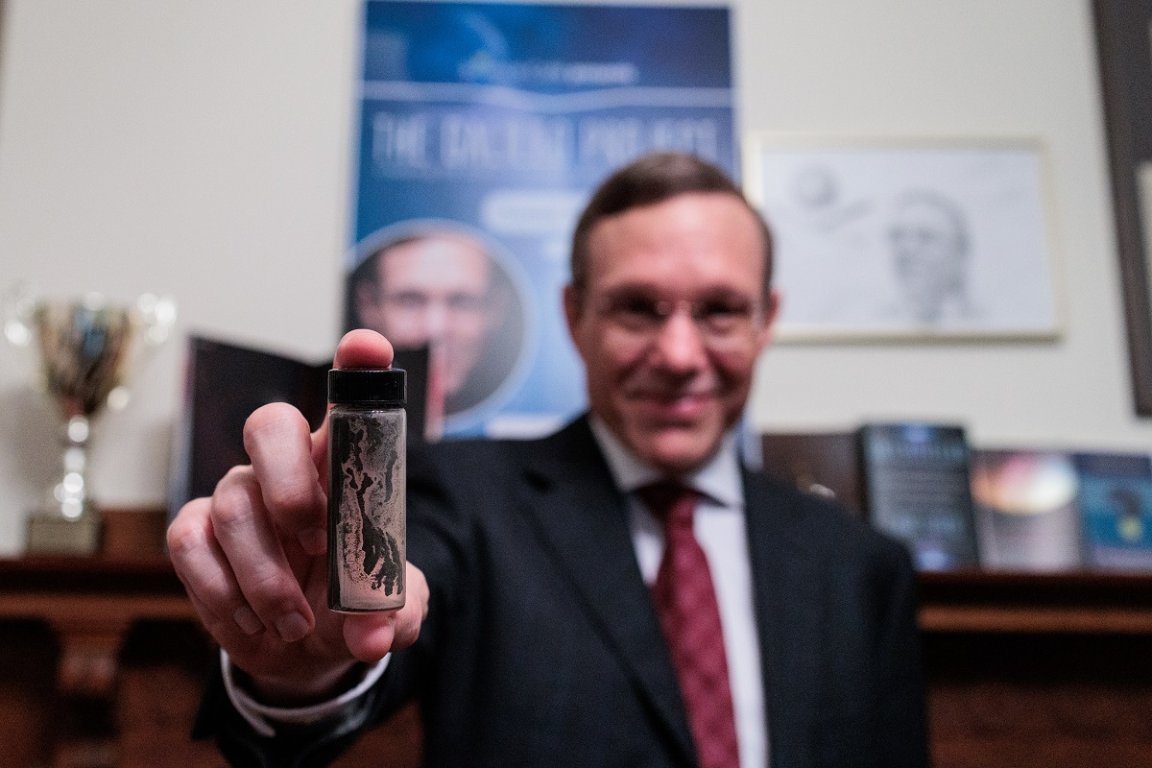
Debunk Science
Harvard’s resident alien hunter believes he’s found evidence of something from outside our Solar System at the bottom of the Pacific Ocean — but one of his fellow scientists isn’t convinced.
In a detailed takedown published by The Conversation, British planetary scientist Monica Grady wrote that the conclusions drawn by Harvard’s Avi Loeb are a “little inconsistent.”
Grady takes issue specifically with Loeb’s assertion that the tiny “spherules” he found at the bottom of the Pacific, based on an analysis of their chemical composition, are tiny pieces of either IM1, an interstellar meteorite that crash-landed in the ocean in 2014 — an object, he’s suggested, could be the remains of a probe from an intelligence civilization.
As the British researcher notes, Loeb’s chemical analysis is sound — but he may have been looking in the wrong direction for the spherules’ source.
There were, as Grady notes, dozens of nuclear tests conducted by the US military more than half a century ago on the Marshall Islands, which are located only a few hundred kilometers from the region off the coast of Papua New Guinea where Loeb and his team found the itty-bitty fragments.
“The spherules could be fallout from these tests — a type of human-generated supernova,” she wrote.
Go Forth
To test the theory out, Loeb — or another enterprising scientist — would need only to “look for spherules in the beach sands and ocean floor around Bikini Atoll and Enewetak, where the nuclear tests took place,” the Open University planetary science professor wrote.
Grady also noted that there’s another “obvious” method that doesn’t require travel to try to determine the spherules’ origin, too: measuring their “oxygen isotopic composition.”
“This parameter is based on the three stable isotopes of oxygen,” she wrote. “The ratios between those can be used to conclusively determine whether material is terrestrial or extraterrestrial.”
“Assuming the spherules are not radioactive,” Grady added, “I would be happy to facilitate their analysis.”
Though she admits that her explanation is as “speculative” as Loeb’s, Grady — who has been unconvinced by the Harvard astronomer’s claims about the spherules for a while now — says that after learning more about them, she remains skeptical.
“I am afraid that I come to the same conclusion that I did last time,” she wrote. “Loeb has recovered some interesting particles, but none of the evidence he presents is sufficiently convincing to infer that the materials are either connected with IM1, or are from an alien spaceship.”
More on off-world rocks: AI Is Now Identifying Killer Asteroids Before They Approach Earth